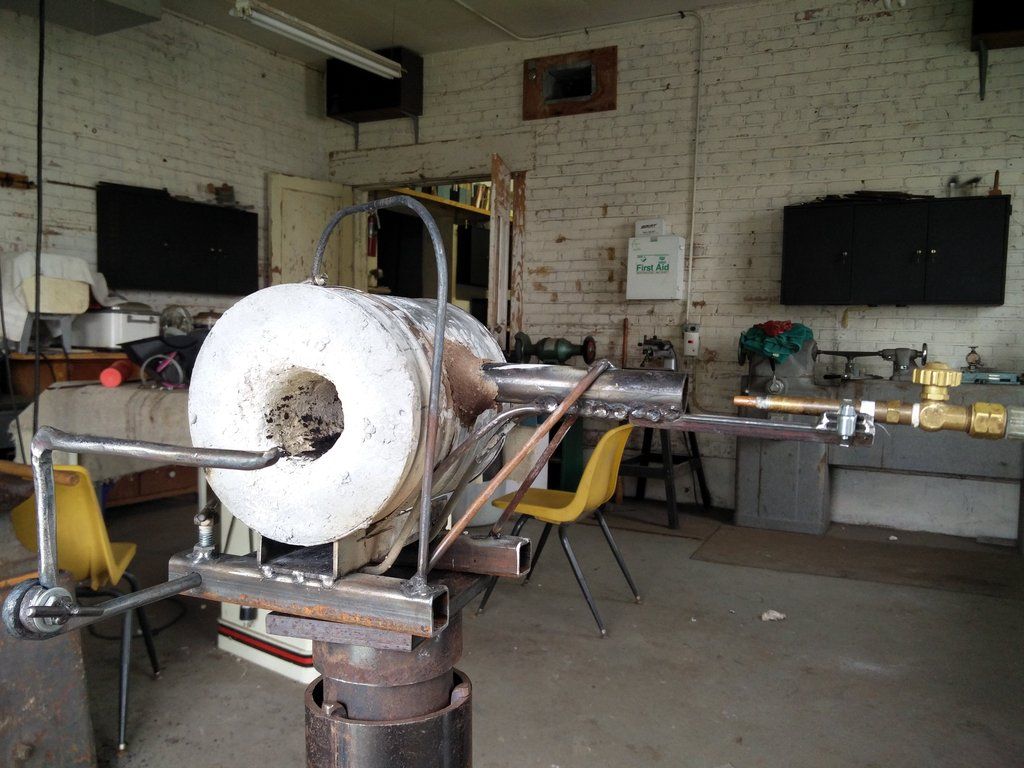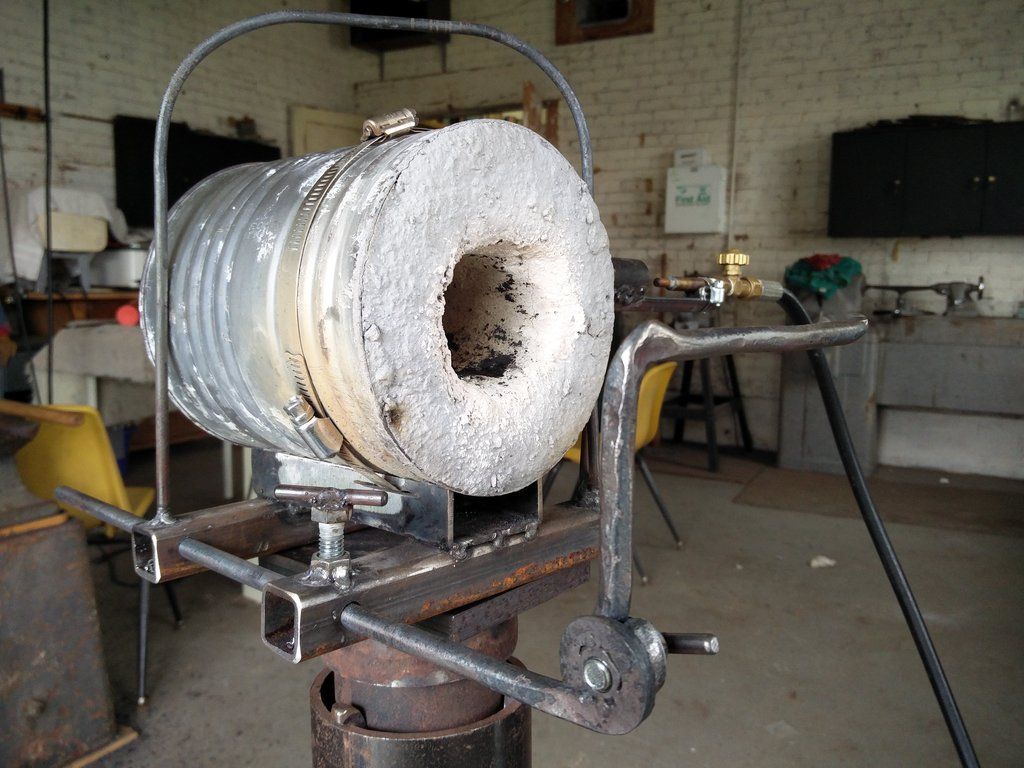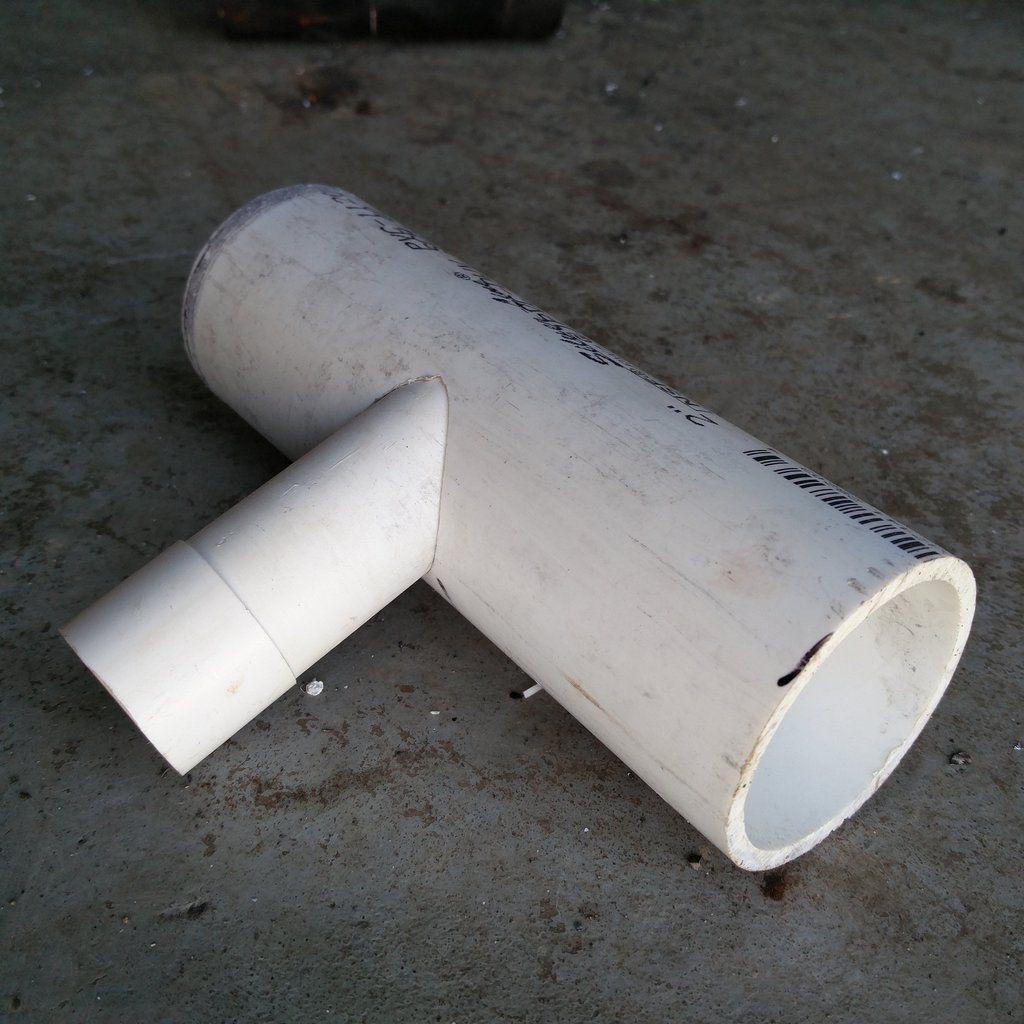Charlie Lewis
Member
I have been wanting to make a smaller lighter weight forge, and I have also wanted to mess with castable refactory. This little forge is kind of a proof of concept and experiment for me.
The chamber is made from castable refractory (mizzou) it is about a 1/2" wall thickness. I used two pieces of pvc pipe to make the mold. The chamber was then wrapped in ceramic wool and shoved in the can. I used a bit more cement to seal up the ends of the ceramic wool.
The burner is length of 3/4" black pipe with a mig tip pointed at it.
The burner is pretty big for the size chamber, it gets hot.


The chamber is made from castable refractory (mizzou) it is about a 1/2" wall thickness. I used two pieces of pvc pipe to make the mold. The chamber was then wrapped in ceramic wool and shoved in the can. I used a bit more cement to seal up the ends of the ceramic wool.
The burner is length of 3/4" black pipe with a mig tip pointed at it.
The burner is pretty big for the size chamber, it gets hot.




